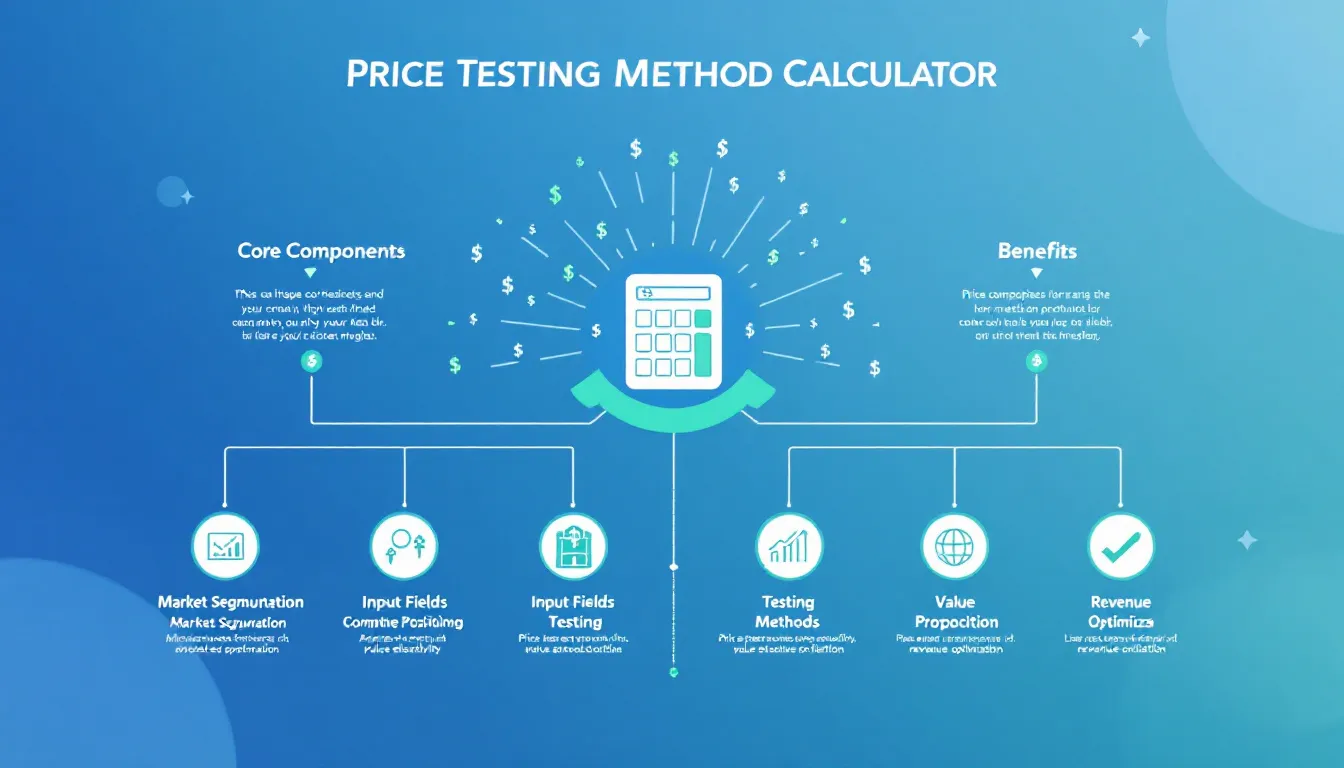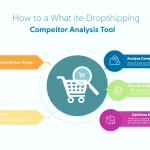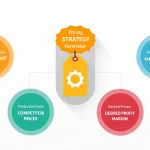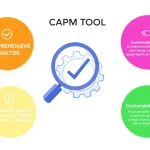Is this tool helpful?
How to Use the Price Testing Method Calculator Effectively
To get the most accurate pricing strategy recommendations, follow these steps to use the Price Testing Method Calculator:
- Product or Service Field: Enter a detailed description of what you’re selling. For example, “Organic Meal Delivery Service” or “Professional Photography Course Bundle”
- Target Market Field: Specify your audience demographics and characteristics. Example inputs: “Health-conscious millennials in metropolitan areas” or “Amateur photographers looking to start their business”
- Current Price Field: Input your existing price point if applicable. While optional, this helps calibrate recommendations
- Competitor Prices Field: List known competitor pricing for similar offerings to establish market context
- Business Objectives Field: Outline your strategic goals, such as market penetration or premium positioning
Understanding Price Testing Methods Calculator
The Price Testing Method Calculator is a sophisticated tool designed to help businesses determine the most effective pricing strategies for their products or services. It analyzes multiple variables including target market characteristics, competitive landscape, and business objectives to recommend optimal price testing approaches.
Core Components of Price Testing
- Market Segmentation Analysis
- Competitive Positioning
- Price Elasticity Testing
- Value Proposition Alignment
- Revenue Optimization Metrics
Benefits of Using the Price Testing Calculator
Strategic Advantages
- Data-driven decision making for pricing strategies
- Reduced risk of pricing errors
- Improved market positioning
- Enhanced revenue optimization
- Better customer value alignment
Operational Benefits
- Streamlined testing process
- Standardized methodology
- Time and resource savings
- Comprehensive testing framework
Problem-Solving Capabilities
The calculator addresses several critical pricing challenges:
Market Entry Pricing
For new products, the calculator helps determine optimal entry pricing through:
- Competitive analysis frameworks
- Value-based pricing models
- Market penetration strategies
Price Optimization
For existing products, it provides:
- Price sensitivity analysis
- Revenue impact projections
- Customer segment response modeling
Practical Applications and Examples
Case Study 1: SaaS Product Launch
Input:
- Product: Enterprise Project Management Software
- Target Market: Mid-sized technology companies
- Current Price: N/A (new product)
- Competitor Prices: $499-799/month
- Objectives: Market penetration and rapid user acquisition
Recommended Testing Methods:
- A/B testing with three price points ($399, $499, $599)
- Feature-based pricing tiers
- Limited-time launch offers
Case Study 2: Retail Product Optimization
Input:
- Product: Premium Wireless Headphones
- Target Market: Audio enthusiasts and professionals
- Current Price: $299
- Competitor Prices: $249-349
- Objectives: Maximize profit margins while maintaining market share
Recommended Testing Methods:
- Geographic price testing
- Bundle pricing experiments
- Seasonal pricing strategies
Frequently Asked Questions
What types of pricing methods does the calculator recommend?
The calculator suggests various testing methods including A/B testing, cohort analysis, geographic pricing, seasonal pricing, bundle pricing, and value-based pricing strategies based on your specific inputs and objectives.
How many pricing tiers should I test?
The optimal number typically ranges from 3-5 price points, allowing for sufficient data collection while maintaining statistical significance in testing results.
What duration is recommended for price testing?
Testing periods typically range from 2-8 weeks, depending on sales volume, customer base size, and market seasonality factors.
Can I test multiple products simultaneously?
Yes, you can test multiple products, but it’s recommended to control for cross-product effects and maintain clear segmentation in your analysis.
How do I interpret the testing recommendations?
The calculator provides context-specific guidance for implementing each testing method, including suggested sample sizes, duration, and key metrics to monitor.
Should I test prices across all customer segments?
While comprehensive testing is valuable, the calculator helps identify the most relevant segments for focused testing based on your business objectives and market characteristics.
What metrics should I track during price testing?
Key metrics include conversion rates, average order value, customer acquisition cost, lifetime value, and overall revenue impact. The calculator specifies relevant metrics based on your testing scenario.
How do I account for seasonal variations?
The calculator factors in seasonality when recommending testing periods and methodologies, ensuring more reliable results across different market conditions.
Can I combine different testing methods?
Yes, the calculator often recommends complementary testing approaches that can be implemented simultaneously or sequentially for more comprehensive insights.
How do I handle competitive responses during testing?
The calculator includes recommendations for monitoring and adapting to competitive reactions during the testing period, ensuring robust and actionable results.
Important Disclaimer
The calculations, results, and content provided by our tools are not guaranteed to be accurate, complete, or reliable. Users are responsible for verifying and interpreting the results. Our content and tools may contain errors, biases, or inconsistencies. We reserve the right to save inputs and outputs from our tools for the purposes of error debugging, bias identification, and performance improvement. External companies providing AI models used in our tools may also save and process data in accordance with their own policies. By using our tools, you consent to this data collection and processing. We reserve the right to limit the usage of our tools based on current usability factors. By using our tools, you acknowledge that you have read, understood, and agreed to this disclaimer. You accept the inherent risks and limitations associated with the use of our tools and services.







